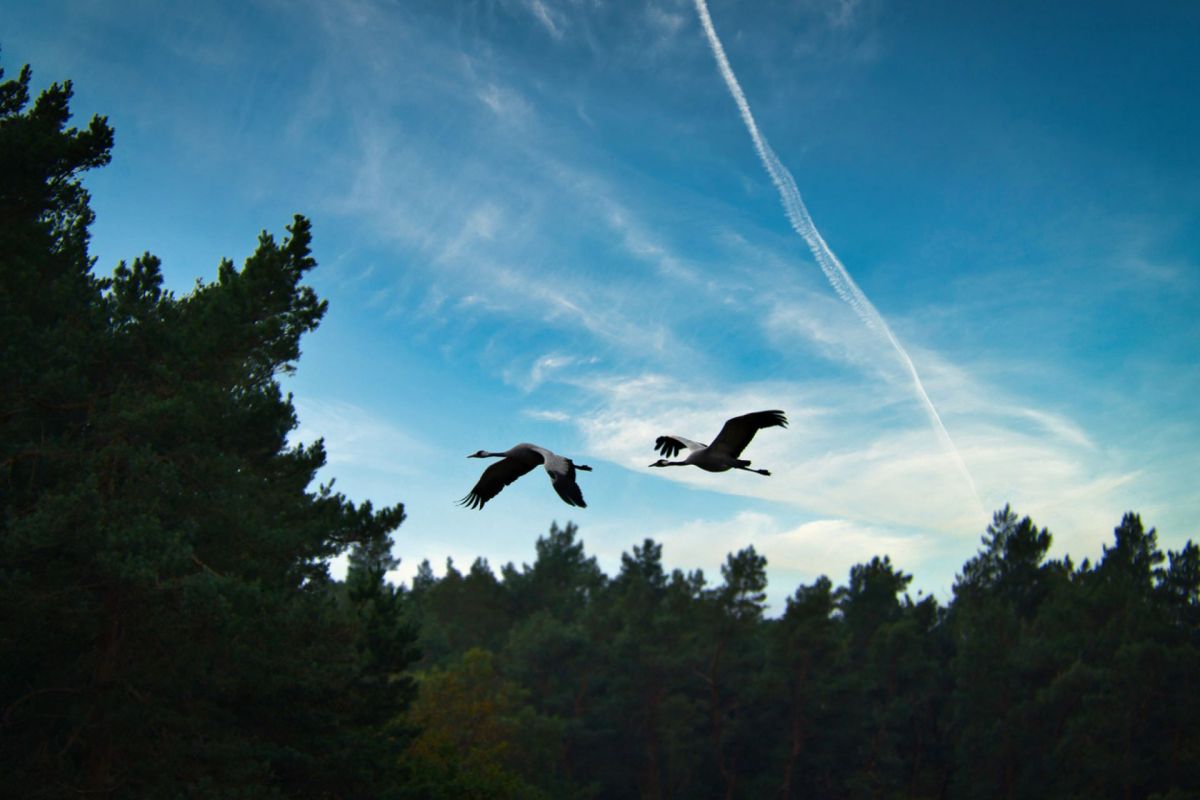New research has revealed that humans have driven about 1,430 bird species to extinction. This doubles previous estimates.
What happened?
According to a new study, 12% of the world's bird species — around 1,430 altogether — have disappeared due to human activities since the Late Pleistocene period, which started about 120,000 years ago, the Guardian reports.
Scientists already knew about around 640 of these species, thanks to fossils and other records. The new research added to previous knowledge by including bird species that went extinct without being recorded — what scientists call a "dark extinction."
To do this, the team created a statistical model using data from the 640 known extinctions. It used New Zealand as the baseline for bird species loss since it has the most complete bird record and zero unknown extinctions, as the Guardian explained.
The study focused on island bird populations since 90% of avian extinctions happen on islands. Using the New Zealand data, the researchers estimated how many species might have lived on different islands and then subtracted the number of known extinctions and the remaining bird species. The difference represented the number of previously undiscovered extinctions.
Key causes of human-driven bird extinctions include deforestation, overhunting, fires, and the introduction of invasive species, said the study's lead author, Rob Cooke. He added, per the Guardian, "The losses could be even higher, maybe up to 2,000, but we wanted to be conservative."
Major extinction events — driven by human settlement — happened in the 14th century, when species loss in the eastern Pacific was nearly 100 times the natural extinction rate.
Why is the disappearance of bird species concerning?
"The world is emptier than we realize," Cooke told the Guardian. "And these missing birds are a loss to our imagination."
For one thing, birds play an important role in their environment, spreading seeds, cleaning up carcasses, and helping to fertilize coral reefs and land with their droppings, the Guardian noted.
Plus, birds aren't the only animals that face extinction due to human activity. Researchers say we are facing an extinction crisis — one 2023 study analyzed more than 71,000 animal species and found that 48% of them have shrinking populations.
In fact, the U.S. Fish and Wildlife Service recently removed 21 species from its endangered species list after they were declared extinct. These included several island birds like Hawaii's large Kauai thrush.
What's being done to save birds and other wildlife?
It's not all bad news for species in peril. Due to conservation efforts, the scimitar-horned oryx, which is native to Chad and was once considered extinct in the wild, upgraded its conservation status to endangered.
As for at-risk birds, "Recent conservation has saved some species, and we must now increase efforts to protect birds with habitat restoration led by local communities," Cooke said, per the Guardian.
Many organizations, such as the American Bird Conservancy, the National Audubon Society, and BirdLife International, focus on bird conservation. You can help by becoming a member or participating in citizen science initiatives.
Join our free newsletter for weekly updates on the coolest innovations improving our lives and saving our planet.









